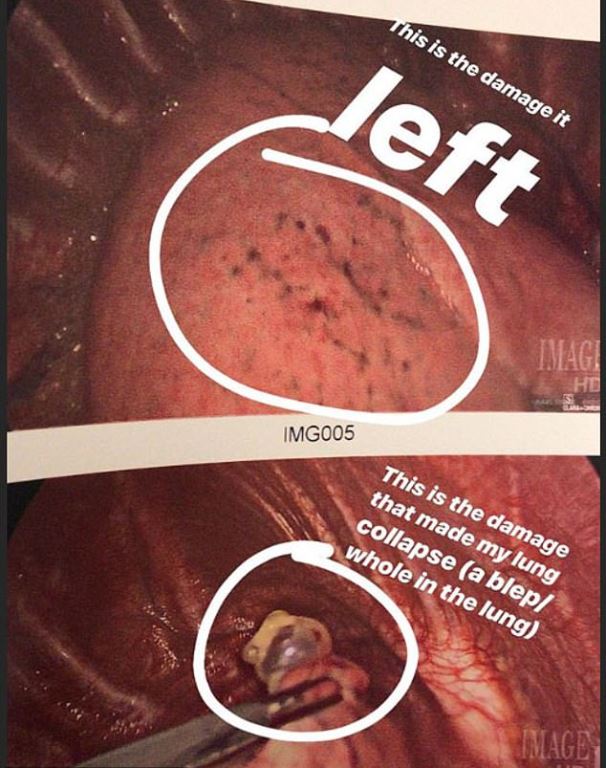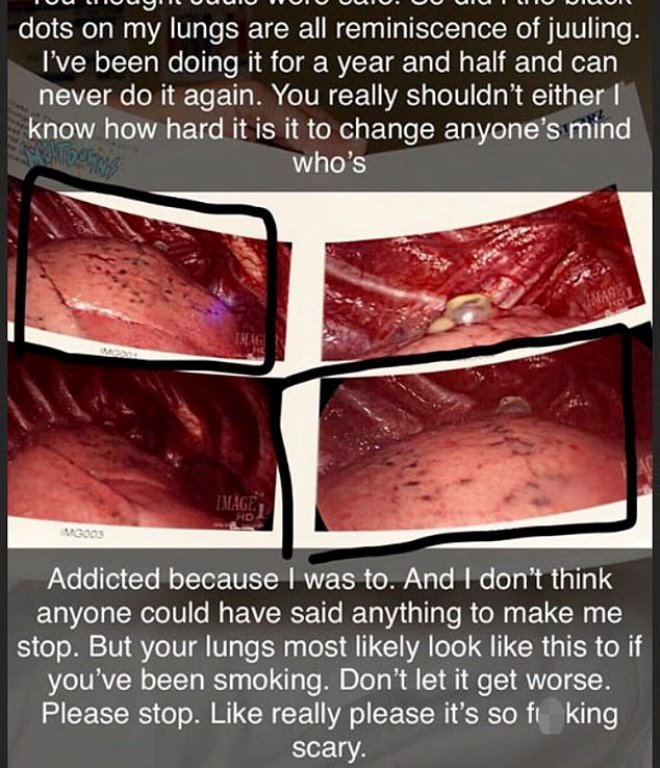18-year-old Chance Ammirata’s left lung collapsed after vaping for one year and a half.
The college student told the Daily Mail that his lung collapsed because of the damage left by toxic chemicals in his mint Juul pods.
The teen, a freshman at Florida International University in Miami, almost died as a result of a device he believed was safe.
It was about a year and a half ago when he first had a Juul. He was young, healthy and never considered smoking cigarettes. But he thought Juul was different.
Chance vaped one Juul pod every two days. It is around ten cigarettes-worth of nicotine per day. But then, laying on his left became painful and he assumed his unusual tiredness and discomfort were only signs he was getting sick.
When he went to go bowling with a friend, sitting on hard plastic chairs become too painful for him. “I remember she made me laugh and it felt like my chest was collapsing, like I was having a heart attack,” he told Daily Mail.
He told his friend that they should go to a hospital as the pain kept on getting worse.
“Seven surgeons came in, and it’s scary when you see seven surgeons come in, you think they’re going to tell you you have like five days to live,” Chance expressed.
He was told his left lung had collapsed and doctors rushed him to surgery to have a tube inserted into his lung.
“It was completely abrupt,” he said. “When they did the actual major surgery to reinflate my lungs, the surgeon said, “whatever you’ve been smoking has been leaving these black dots on your lungs.’”
The surgeons repaired the hole but the black dots will take years to heal and may never disappear.
“I’ve never smoked cigarettes – it’s the Juul,” Chance said.
Research suggests that e-liquids have the same bad cardiovascular effects as traditional cigarettes. They have chemicals like formaldehyde, acetaldehyde, and acrolein, a substance for killing weeds, among other toxic substances.
The Food and Drug Administration (FDA) doesn’t cap nicotine content for vapes or cigarettes. Contents of chemicals vary from one product to another and people’s tolerances also vary, so it is not clear how much is considered too much.
It has been announced recently that cigarette and e-cig makers should disclose their list of toxins, and nicotine content must also be regulated.
However, these changes did not come early enough to save Chance’s lung. What he believed was just a strained muscle turned out to be huge damage that requires major surgery to repair.
Chance now wants to warn others about the popular devices as he starts the long road to recovery.
Just last month, eight teens were hospitalized and they had one habit in common: vaping.
What’s your take on this? Let us know in the comments section and SHARE this with your friends and family!







